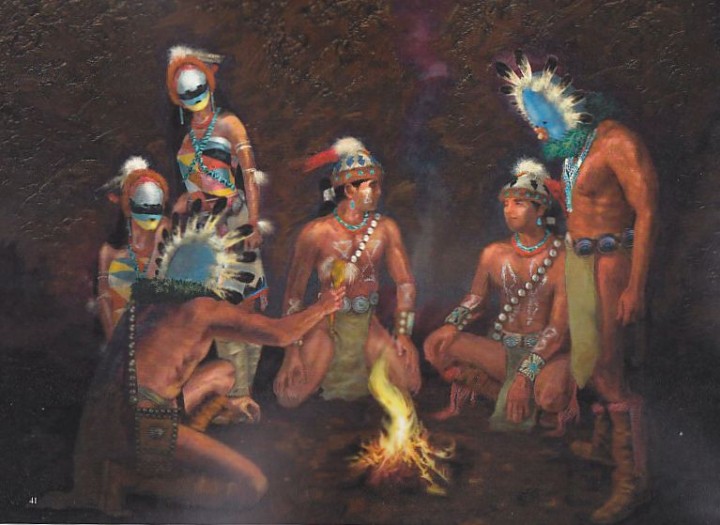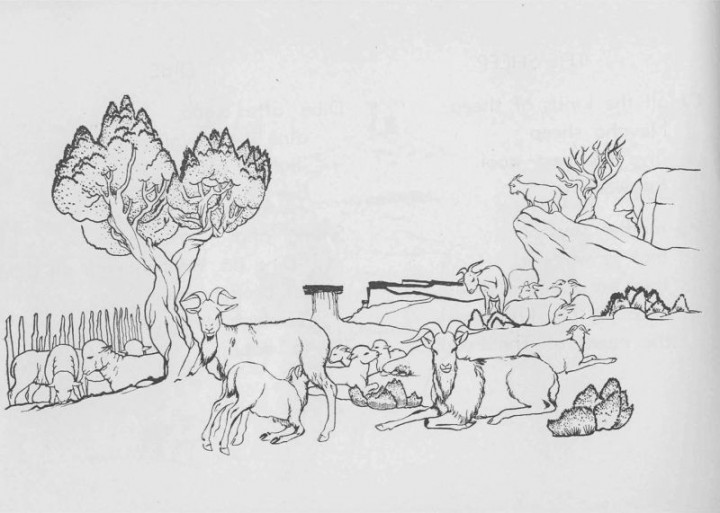Coyote or Ma’ii is an important character in the creation stories of the Dinè (Navajo).
Coyote the trickster is both good and evil. Cunning and confusing he refers to everyone as his cousin, animals and humans alike.
Each winter we tell our children Coyote stories so they can learn lessons from his mistakes and misadventures and avoid those pitfalls in their lives.
His mistakes, foibles, curiosity, and misadventures have brought both good and evil to the Dinè. His stories teach us about ourselves and what we should leave alone.
11″ by 17″ Poster $2.00
18″ by 22″ Poster $6.00
You can order from:
San Juan School District
Heritage Language Resource Center
28 West 200 North
Phone: 435-678-1230
FAX: 435-678-1283
Store Hours: 9:00 – 4:30
Monday through Thursday
Email: rstoneman@sjsd.org
Online order at this Website: media.sjsd.org
We accept purchase orders, credit cards, and checks.
We bill only for items shipped and actual cost of shipping.
Personal orders ship after payment is received.
Please estimate 10% of purchase total for shipping cost.













